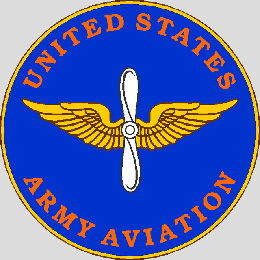
 Dr. Howard K. Butler, in his The Army Ground Forces (AGF)–Army Field Forces (AFF) and the Helicopter, 1945-1950, elaborated on the issue of maintenance per the YR-13 helicopter versus the L-5 Stinson.
Dr. Howard K. Butler, in his The Army Ground Forces (AGF)–Army Field Forces (AFF) and the Helicopter, 1945-1950, elaborated on the issue of maintenance per the YR-13 helicopter versus the L-5 Stinson.
Dr. Butler noted that the YR-13 vibrated noticeably, which occasionally resulted in cracks. And he draws attention to the gearbox. Two processes were available to effect repairs: one being Magnaflux and the other, Xyglo. Unfortunately the equipment to effect repairs was unavailable at bases like Fort Bragg. Rather, damaged parts had to be sent to the Material Area at Warner Robbins Air Force Base in Georgia.
Dr. Butler explains each maintenance process:
“One, Magnaflux, was for steel. In this process workmen placed metal parts in a kerosene-like mixture containing iron oxide particles. The particles stood up vertically in the cracks. If the cracks were in the tubular frames, the mechanics would usually weld them shut. If the cracks were in the planetary gear or in the transmission, the men would discard those parts affected.
“The other, Xyglo, was for aluminum, which would not magnetize. In xygloing, workers would first clean the parts, then place them into a vat for soaking in a fluorescent penetrant. After the penetrant had seeped into any cracks, the laborers would dip the parts in a developer solution, then use a black light and a darkroom to reveal the now-glowing cracks. As in magnafluxing, repairmen welded few cracked parts, throwing away most.
“Both Magnaflux and Xyglo equipment required a van. The Magnaflux was a machine, about 6 to 8 feet long, one-and-a-half to two feet wide, about three-and-a-half feet high, and weighing about 600 pounds. The Xyglo was not a machine, but rather four open vats, each about three feet long, 18 inches wide and two feet deep, plus a black light and a darkroom.”
Information from FONECON, Howard K. Butler with Mr. George Lovett of Lewisberg, West Virginia, 9 July 1987. Mr. Lovett was an aviation logistics officer with the Ordnance Department in the late 1940s and early 1950s.”
Dr. Butler’s rendition above showcased a significant episode within the evolving progression of Army Aviation. That with the advent of rotary wing aircraft, the day was fast receding that the backyard mechanic/aviator would be able to battlefield repair his mount, as with the L-4. The growing sophistication of aircraft mirrored the growing importance of Army Aviation itself. Which in turn would necessitate a new breed of sophisticated mechanics and technicians.
Source: See pages 12 and 13, The Army Ground Forces (AGF)—Army Field Forces (AFF) and the Helicopter, 1945-1950, A History of Army Aviation Logistics, 1935-1961, History Study Number 7, U.S. Army Aviation System Command, Historical Division, St. Louis, Missouri, 1988.








